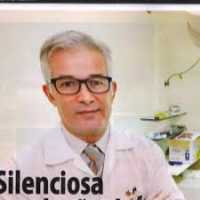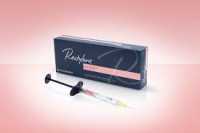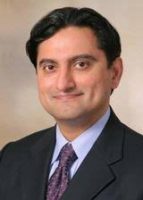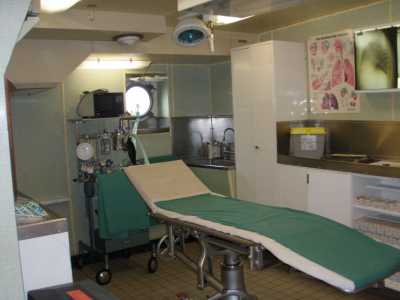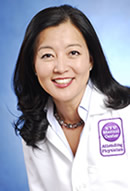Author Interviews, Dermatology, Surgical Research / 29.09.2020
Botox Treatments: How Long Do They Last and What Is the Optimal Treatment Strategy?
Botox treatment was created to make undesirable physical lines less visible. It is an efficient way to bring the natural facial appeal back to its normal condition. By getting quick and painless Botox injections, you can maintain the appearance you want most. There are a lot of myths surrounding the treatment, but the popularity of Botox is a very real thing.
When you hear about Botox, it is usually attached to a celebrity story. This type of treatment is very popular in Hollywood circles, and for good reason. It is an effective way to keep a specific look without major cosmetic surgery.
When time is of the essence, Botox has no equal. You can set up an appointment, get the injections, and see results as early as three days. That is a single weekend required to get good looking results without breaking the bank. Hollywood is a business that relies on looks, so the popularity of Botox is no surprise. Its effectiveness on the most beautiful people in the world is the main reason why it’s still trending.
(more…)



